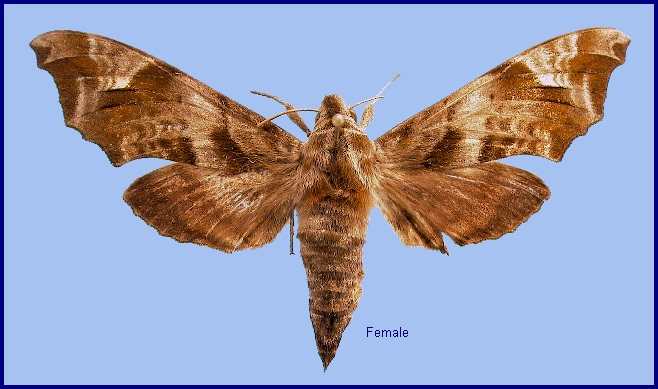
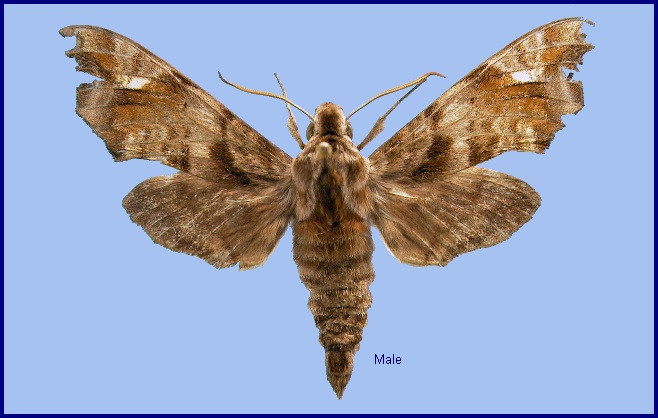
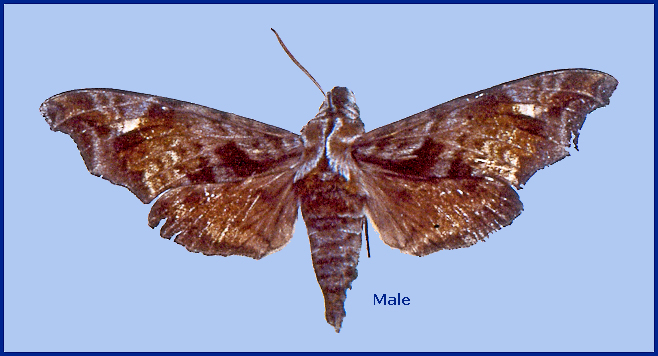
Acosmeryx montivaga Kernbach, 1966, Ergebnisse des Forschungsunternehmens Nepal Himalaya. Khumbu Himal. 1: 174. Type locality: Nepal, Province Nr 3 East, Jubing, 2600m.
Synonym. Acosmeryx montivaga Kernbach, 1966.
Synonym. Acosmeryx tibetana Chu & Wang, 1980, Acta zootaxon. Sinica 5: 419. Type locality: China, Xizang/Tibet, Nyalam, 2250m.
Note. Up until recently the taxon known as Dahira yunnanfuana (Clark, 1925) was considered to be a single taxonomic entity occuring along the southeastern slopes of the Himalaya, from Nepal (Haruta, 1992) across southern Xizang/Tibet (China), Bhutan (Dierl, 1975; Irungbam & Irungbam, 2019), northern Burma/Myanmar, to central China. However, the work of Haxaire, Melichar & Manjunatha (2021) split this taxon into three separate subspecies, namely Dahira yunnanfuana yunnanfuana (Clark, 1925) (occurring in China, from Yunnan to Shaanxi), Dahira yunnanfuana montivaga (Kernbach, 1966) (occurring in Nepal, Bhutan and southern Xizang/Tibet, China), and a new subspecies Dahira yunnanfuana indicus Melichar, 2021 (from Arunachal Pradesh, India). This was based not on wing pattern but on two small characters in the male genitalia that seemed both constant and rather easy to observe. The first was the end of the apical process of the phallus. This structure was blunt and multidentate in all dissected central/southern Chinese specimens, whatever their origin, while it was almost always sharp and tapered in specimens from Nepal, Xizang/Tibet and India. The second character was the shape of the harpe, which separated out into three patterns: tapered and nearly rectilinear in subspecies yunnanfuana; wider and flatter in Nepalese insects (subspecies montivaga) and broad basally, but abruptly narrowed into a strongly curved hook in Indian insects (the new subspecies indicus). The exact boundary between the Himalayan and Chinese populations is unknown at present but is likely to be somewhere in Burma/Myanmar.
Morphologically similar to the nominotypical subspecies, but with a paler body coloration. The black band on the forewing upperside appears less distinct than in the nominotypical subspecies (Jiang, Xu, Lin, Liu, Wang & Hu, 2025).
Male genitalia similar in general structure to the nominotypical subspecies, but with differences in the apical process of the phallus, which is sharp and tapered rather than blunt and multidentate as in the nominotypical subspecies. Additionally, the harpe is relatively wider and flatter, contrasting with the tapered, nearly rectilinear form observed in the nominotypical subspecies (Jiang, Xu, Lin, Liu, Wang & Hu, 2025).
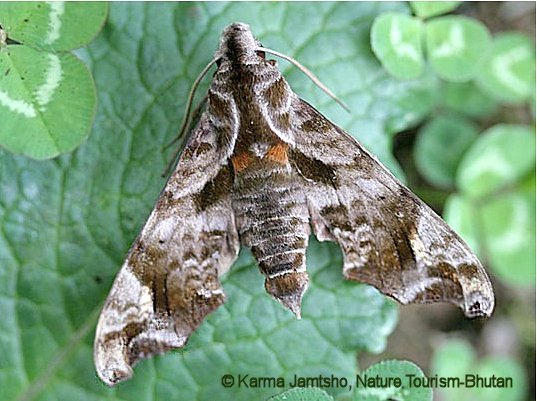
So far, only known from 2050m to 2600m altitude.

China: 12.v (Nyalam); 24.v (Chentang); 25.v (Zhangmu).
In Nepal between early April and mid June, depending on altitude (Haxaire, Melichar & Manjunatha, 2021).
OVUM: Unknown.
LARVA: Unknown.
PUPA: Unknown.
Larval hostplants. Unknown.
Unknown.
China: Xizang/Tibet (Nyalam, 2250m; Zhangmu, 2200m; Chentang, Dinggyę County, 2050m).
From Nepal (Haruta, 1992) across southern Xizang/Tibet, China (Chu & Wang, 1980), to Bhutan (Dierl, 1975; Irungbam & Irungbam, 2019).
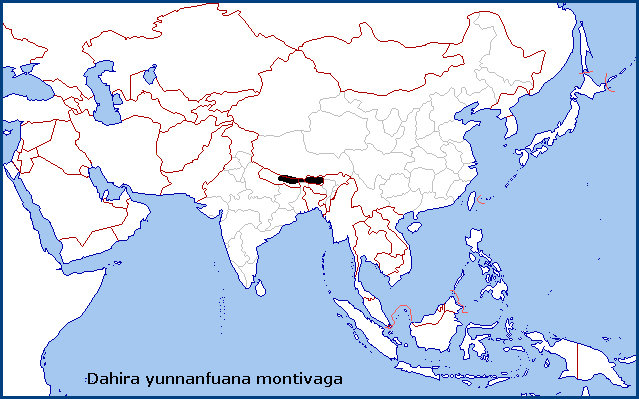
Holarctic; eastern Palaearctic region. Pleistocene refuge: Monocentric -- Nepal.
 Return to Sphingidae of the Eastern Palaearctic species list
Return to Sphingidae of the Eastern Palaearctic species list